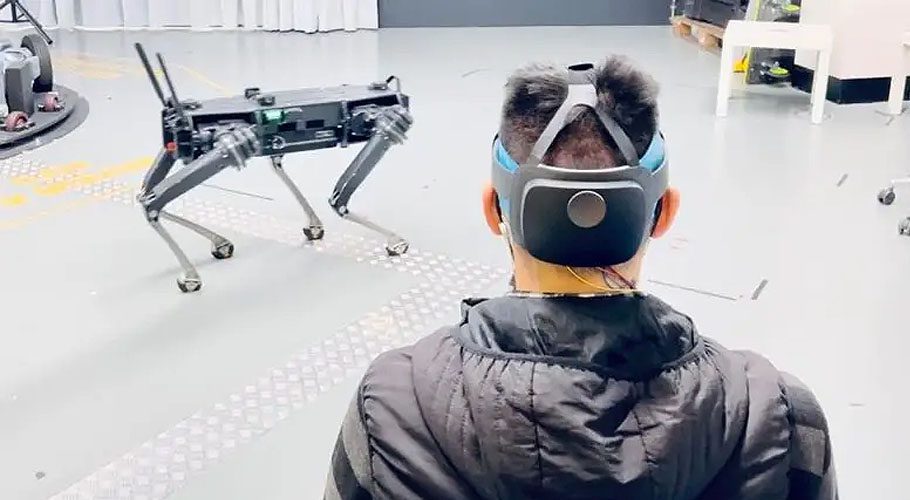Scientists have created a graphene-based sensor that is 3D-patterned and does not require conductive gels to measure the brain’s electrical activity. These “dry” sensors are less irritating and cause fewer allergies than traditional “wet” sensors that are used in electroencephalography (EEG) to diagnose neurological conditions or control external devices via brain-machine interfaces.
When paired with an augmented reality headset and an elastic headband, the dry sensors enable the control of a robot using brain signals without the need for manual interaction. While not yet as effective as wet sensors, this achievement represents a step forward in the development of simple-to-use, non-invasive brain-machine interfaces.
The report says that Electroencephalography (EEG) is a technique that uses electrodes implanted into or placed on the surface of the head to monitor electrical signals from the brain, which helps diagnose neurological disorders and control external devices through brain-machine interfaces. The traditional “wet” sensors that are stuck onto the head with conductive gels can cause irritation or allergies. Researchers have been developing “dry” sensors, but none have been as effective as the wet sensors. Francesca Iacopi and her team have developed a 3D, graphene-based sensor that is not sticky and can accurately measure brain activity without causing discomfort.

































